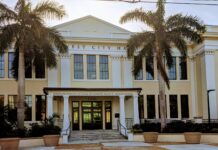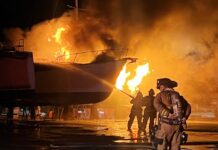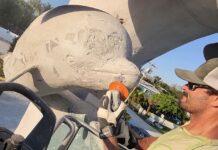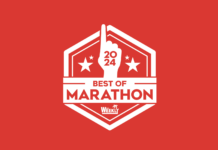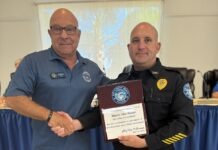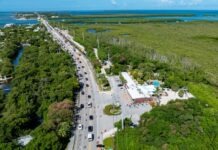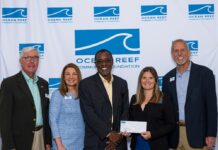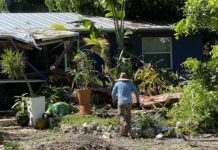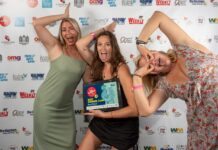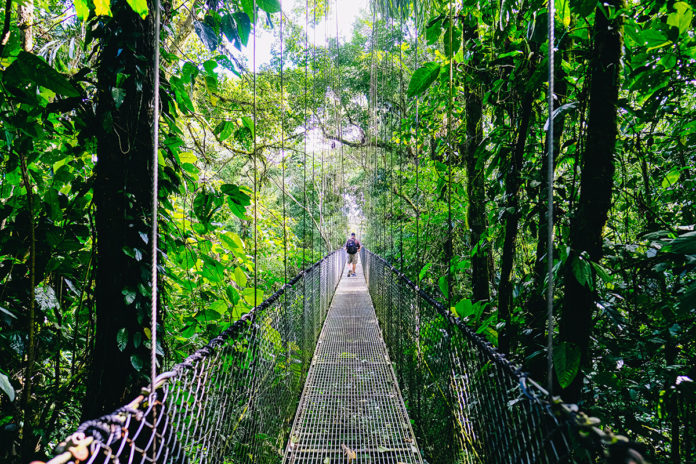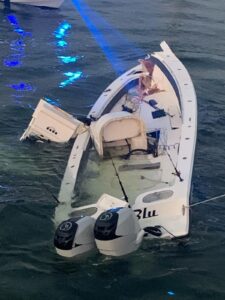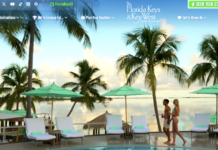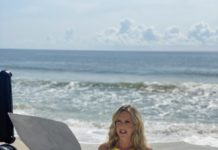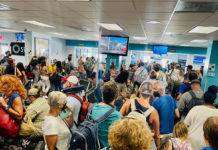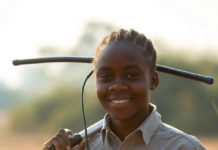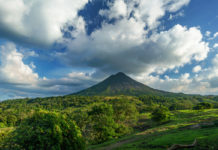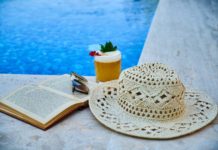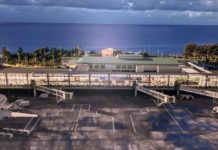Travel is always a fast-fading dream in hindsight. A week after returning home, all abstract curiosities have been solved and we’re left with a full camera roll, an inflated credit card balance and some stellar memories. For over a year, I’ve dreamed about venturing beyond the bounds of the United States, getting a new stamp in my passport and hearing other languages. In late June, I got my wish with a quick trip to Costa Rica to celebrate my 10th anniversary. I curated each step, designing a proper treat for my wife and I. Being our first big post-COVID trip, the planning process included researching health protocols and ticking through a list of red-tape tasks.
In terms of navigation, Costa Rica was one of the simpler destination choices, not requiring a test, proof of vaccination, or mandated quarantine. The only requirement for reentry to the United States was a negative COVID viral test — an antigen or nucleic acid amplification test (NAAT).
To my non-scientific brain, the main difference between the two was a cost of about $90. I chose the econo- option, a $75 antigen test (vs. the Cadillac NAAT for $165). Being fully vaccinated, the idea that I was required to essentially donate the equivalent of a vacation bar tab to a pop-up clinic for a result that was 99.8% certain felt a teensy bit insulting. But rules are rules, and when those stipulations stand between me and travel, I will take the test, drop the cash and sign whatever form lands under my nose.
In addition to the cost, there was also the inconvenience of having to arrange for a test in-country, a move that would deduct precious minutes or even (gasp!) hours from my vacation. Enter the loophole! As a decently skilled reader of fine print, I pride myself on finding gaps. In the case of international travel, the required viral test can actually be performed in the U.S. prior to departure, provided the trip is not more than four days in duration. The rule explicitly counts days, not hours, so fortune falls on those with an early departure and late return. With that in mind, I scheduled our tests at the Miami airport at the front end of our trip. After a quick swab and cattle call for results, we boarded our plane, paper and digital copies of our negative tests in hand.
Upon arrival in Costa Rica, immigration presented itself as it reliably does — a long, hot line standing between anxious travelers and their target beaches, mountains and cities. Thankfully, the country had streamlined its own entry protocols (a health declaration from all visitors), leaning into technology. Prior to departure, I’d been prompted to fill out the form online and to purchase Costa Rican health insurance to cover us during our stay in the country. Once purchased, I added the policy number as proof and was granted a big green check mark and a fast-pass QR code. When we finally got to the front of the line, it was a quick and painless scan followed by a warm “Bienvenidos.”
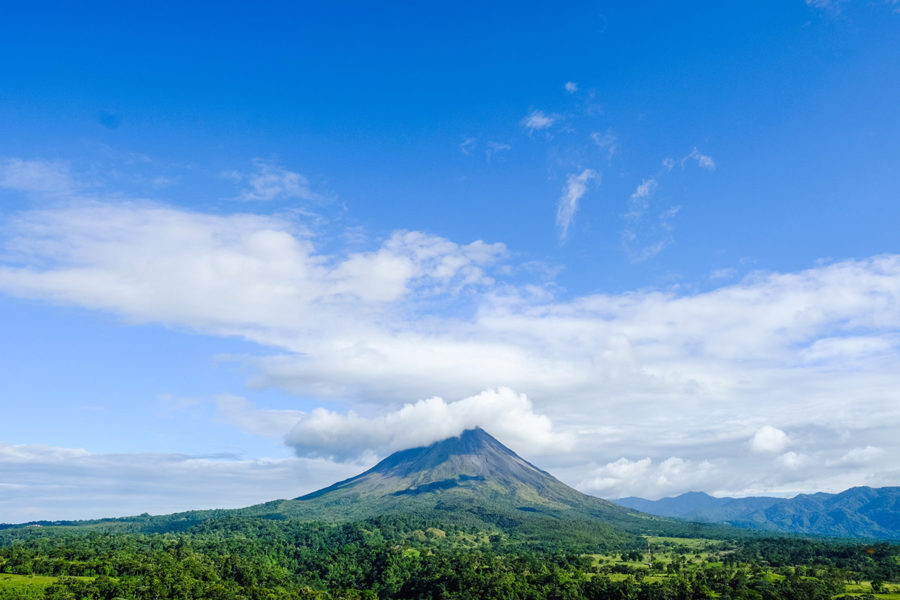
Once we were turned loose on the countryside, we found a familiarly cautious atmosphere, reminiscent of home, circa December 2020. Restaurant and hotel staff were all masked, and we were asked to follow suit. It was a humbling reminder after a few months of feeling mostly invincible with my vaccine status. I felt as though I’d forgotten my manners — probably because I had done just that.
At that point in time, Costa Rica had just seen 1.5 million Johnson & Johnson vaccines slip through its fingers. The U.S. was negotiating the donation, but held the vaccines for further testing, a delay that led to the vaccines being expired or close to expired at the point of potential distribution. That quantity would have been a windfall for the country, but vaccines are still trickling in nonetheless, albeit far behind the pace of the U.S. To date, Costa Rica has vaccinated 2.4 million citizens, roughly 47% of its population. Much like at home, the process began with a strategy targeting those most vulnerable. At this stage, “Group 4,” which encompasses teachers and essential workers is currently eligible for vaccination. “Group 5,” the general (adult) public, is expected to follow very soon. Anecdotally, the purported access doesn’t seem to have reached smaller towns and remote regions. Most locals with whom we spoke were still unvaccinated, though not by choice. They lamented a three-hour car trip to the closest urban center during their work week as simply unrealistic. Instead, they continue to wait for distribution to reach them. Feeling our privilege, we happily masked up, wishing we could do more to help than simply present ourselves as respectful visitors.
While there, we experienced everything we had conjured in our quarantine dreams: stunning emerald vistas, a smoking, smoldering volcano and all the tropical drinks we could topple into our throats. Monkeys bounded around the trees like Pixar characters and sloths were, well, satisfyingly sloth-like. Life carried on as we hoped and we absorbed every minute of those four days.
When it was time to trek home, we were apprehensive about the reentry process, having read horror stories from travelers who had tested the waters in the early vaccination days, only to be met with varying levels of resistance. Instead, we were met by a disaffected immigration officer who gave our passports a cursory glance and sent us on to baggage claim. After months of preparation and research, the lack of pomp and circumstance was disillusioning, but not unwelcome. Our $75 test results remained, unbidden, in our carry-on bags, never seeing the light of day. Oh well. As far as insurance policies are concerned, we could have incurred far greater unnecessary expenses and endured much more hassle.
Though four days in Costa Rica is a meager microcosm of international travel, it did illuminate the fact that protocols are evolving and restrictions are relaxing. Travel may still be far from business as usual, but it is at least showing signs of movement in that direction.
